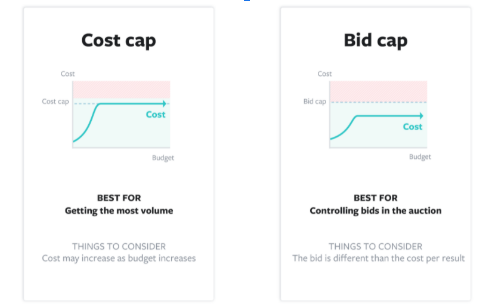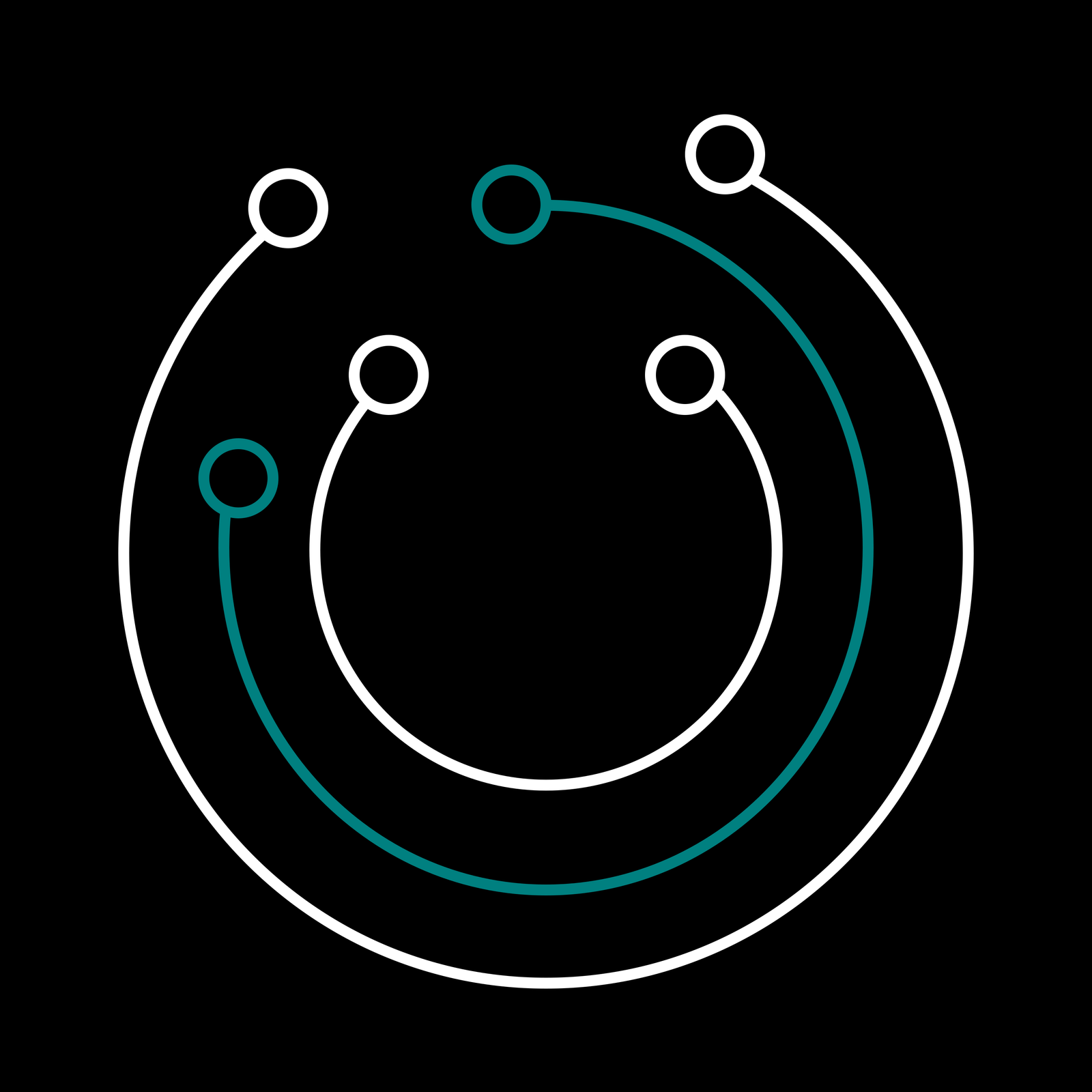With more than 1.6 billion people using Facebook every day, the platform is a natural hotspot for small businesses to meet customers. Facebook advertising is a relatively easy addition to your marketing strategy, just like it has for 7 million advertisers.
So, how much should you spend on Facebook ads? And how can you keep costs down? Let’s explore standard practices and find the best solution for you and your business.
What are Facebook Ads and Why Do They Matter?
When we refer to Facebook ads, we mean the paid messages from businesses that pop up in the users’ Facebook feed, among other places. However, Facebook advertising goes beyond simply boosting a well-performing post.
Facebook ads deliver customized messages that fit a business’ unique tone of voice and target a highly targeted group of potential customers. Facebook ads are considered an asset by many advertisers who value the opportunity to create campaigns with specific goals and objectives.
The stage of the funnel determines the goals of your potential customer. Currently, the objectives supported by Facebook are:
- Brand awareness
- Reach
- Traffic
- Engagement
- App installs
- Video views
- Conversions
- Catalog sales
Depending on the advertising objectives, Facebook ads will look different. Facebook supports image, video, carousel, and collection ads.
It’s clear that with so many options to choose from — in terms of ad format and budget levels — calculating average costs for Facebook ads is almost impossible. There are simply too many variables.
That’s a good thing: it means that you can create an ad campaign tailored to you, your market, and the size of your business.
We have previously covered how to craft successful Facebook ads, so we will now be moving on to Facebook ad auctions.
How Does the Facebook Ad Auction Work?
Ad auctions take place on Facebook every time there is an opportunity to show an ad to decide which ad to show to which user. This is because the same person can fall into multiple target audiences of numerous businesses.
The Facebook ad auction works on an ad relevance basis: the estimated value that the ad has for the user, determined by the total value formula. The total value is calculated by balancing out the advertiser’s bid, the estimated action rates, and the ad quality.
If this is all new to you, here is a short recap:
- Bid: how much you’re willing to pay for a specific action which could be cost-per-click or cost-per-mille (every one thousand impressions).
- Action rates estimate: the probability that this ad, shown to this particular person, will result in an action.
- Ad quality: an overall assessment of the quality of the ad, which includes feedback from Facebook users.

When crafting a Facebook ad campaign, you’ll choose the amount and type of bid and set a budget for your campaign. This will define the maximum amount that you are planning to spend. We’ll talk in more detail about Facebook ad bidding strategies later on.
Why Is Investing in Paid Social and Facebook Ads Worth It?
Let’s cut to the chase: Are paid Facebook ads worth it? Yes, absolutely.
Facebook ads end up being way more profitable than other advertising channels because of their pricing model. As we said, Facebook chooses ads to show to users via the ad auction, which presents two key advantages:
- You don’t pay when your ad isn’t chosen and therefore save money,
- When your ad wins an auction, that means it is the most relevant for the user, and the chances of them engaging with it are higher.
Finding customers on Facebook is so practical because you can get very specific with targeting. When creating your ad, you can choose your target audience based on a highly customizable mix of factors: demographics, location, interests, or even interactions with your business website and life events.
For example, if you shared a post about getting engaged, you’d likely start seeing posts about wedding dresses and wedding venues.
Regardless of whether you’re purchasing advertising space or simply paying to boost a post, targeting is essential for advertising in general, and most of all, for Facebook.
You should figure out who you want to reach and how you want to reach them. This will allow you to select the best platform and format for your ad before you start to spend your Facebook advertising budget.
Paid social ads can be challenging to track, especially if your goal is brand awareness. It pays off if it aligns with your company’s overall digital marketing strategy. Social media is the perfect place for businesses to connect with a broad customer base.
In short, Facebook advertising has, on average, a higher ROAS. If you take the plunge and it doesn’t pay off, it’s time to optimize your campaigns.
If you’re worried that your ads are underperforming, check out this guide on fixing Facebook ads issues.
How Much Do Facebook Ads Cost?
Facebook ad costs can depend on various factors like the industry you’re in, the time of the year/month/day, the ad objectives, or the value of your goal in general.
More importantly, how much you decide to spend on Facebook ads depends on your social media budget. Estimates of the perfect social media budget are incredibly rough. Nonetheless, let’s try to round them down.
The most significant factor determining how much you’re going to spend on paid social is your overall digital marketing budget.
Facebook Ad Bidding Strategies
Another significant factor determining the cost of your Facebook ad is the bid strategy you choose.
You can learn more on ad bidding strategies directly from Facebook itself, but here is a short overview:
- Cost cap: you keep costs below an average cap for the result you’re pursuing.
- Bid cap: you set the maximum bid across all your actions.
- Minimum ROAS: you choose a minimum return of ad spend for each bid.
- Lowest cost: Facebook makes the bid based on what they see as the lowest cost opportunities for your ad in every auction.
These strategies are also closely related to which kind of cost control you choose. The more control you wish to maintain over your costs, the more constraints you will need to put in place.
It might sound counter-intuitive, but choosing the lowest cost bid strategy is not considered a Facebook cost control method. If you don’t enter a cost control option, Facebook will set your campaign to use the lowest cost bid strategy as default.
On the other hand, here is how Facebook explains cost control with cost and bid cap as bid strategies:

The choice of a bid and control strategy depends on your goals and your current marketing strategy. For example, the lowest cost strategy is ad spend-based and automized, while the bid cap is a manual cost control strategy. How you choose your Facebook bid strategy should be informed by the results you wish to achieve.
Organic vs. Paid Social Media: Which Should You Invest In?
Strong, organic social media traffic supports your regular organic traffic, as it redirects potential customers from the social platform to high-value pages on your website.
A user right at the top of the funnel might get a glimpse of your product on Facebook and decide to investigate more by visiting your online store. The more content you have on your website, the more doorways you can use to drive traffic organically.
What do you do with customers that find themselves somewhere else in the marketing funnel? How do you find those new leads to introduce your products to? That’s where paid social comes in.
In recent years, marketers’ efforts have shifted their focus from aggressive product promotion to more effective integration of paid social media into their overall organic strategies.
In other words, organic social media helps businesses create content that is relevant and engaging for the user, and then paid social advertising increases its reach to gain more exposure for said content.
Ultimately this results in better targeting and high-value traffic that is more likely to convert. We detailed how social media can improve organic traffic here.
As previously mentioned, tracking results on social media might present a few challenges. That’s why to secure a good ROI, clear goals are essential. Clear goals contribute to clear metrics:
- Metrics like cost-per-click and cost-per-like are essential when targeting customers at the top or middle of the funnel.
- Cost-per-install is relevant when targeting customers who are at the bottom of the funnel.
We’re going to take a closer look at Facebook metrics.
Facebook Advertising Cost Benchmarks
The cost of Facebook ads depends on your bidding model. Given all the variables mentioned above, we can only provide benchmarks for Facebook advertising costs — and even these aren’t entirely relevant for all industries and all campaigns.
AdEspresso performed the most in-depth analysis of Facebook ad costs. Their data ranges from 2019 to 2020.
Here is a short overview of what they found:
Cost per Click
- CPC monthly average in the US is $0.39
- CPC is slightly cheaper during the weekend
- CPC changes throughout the day
- CPC-related metrics are directly related to your campaign objective
For your estimated ROI, you also need to remember that users who click on your Facebook ad aren’t necessarily buyers and might be pushing your CPC rates higher without producing any sales. This is even more true for Page-Like-Campaigns, whose sole purpose is to increase brand awareness.
Setting a clear goal and campaign objective reduces ad costs and yields more results, so choosing cost-per-like as your bidding strategy when your goal is sales is ineffective.
Cost per Like
- CPL monthly average in the US is $0.20
- CPL is very unpredictable, and it is best not to rely on it as a metric
- CPL is more affordable in the night between 11 pm, and 11 am
- CPL-related metrics have significantly more variations than CPC
Generally, focusing on gaining more Facebook likes is a good strategy for spreading brand awareness and ensuring that Facebook users trust your brand.
The tricky part with choosing the cost-per-like model as your bidding strategy is that it sounds dangerously close to buying likes, which is a dodgy strategy that loses your customers’ trust.
Cost per Install
Cost-per-install belongs in a whole different category. It is meant to target users who are at the bottom of the funnel and ready to buy. As you are sure to close many sales via this bidding method, cost-per-install is, on average, more expensive than other metrics.
In 2020 the CPI monthly average in the US reached $3.40.
How to Lower Your Facebook Ads Costs
In short? High-quality content reaches more users on Facebook at a lower cost.
As we already know, Facebook ads with more relevance to the user cost less and are favored by the algorithm during ad auctions. To sum up, here are the factors that play the most prominent role in determining your Facebook ad costs:
- Ad placement
- Total value (ex. Relevance score)
- Bidding strategy
- Ad schedule
- Audience
You can directly influence all these factors to control costs when building your campaign. The one variable that you can only indirectly control and needs more work on is the relevance of your content.
Ads with creative and high-quality content will perform better because they align with social media’s first and foremost goal: user entertainment. Over time, the Facebook algorithm picks up which business produces high-quality content and will favor it over others during ad auctions.
Pro tip: High-quality content is measured on Facebook with likes and shares. Check which of your posts are already performing well and tailor your ads to it.
Discover more from The Digital Cauldron
Subscribe to get the latest posts sent to your email.





